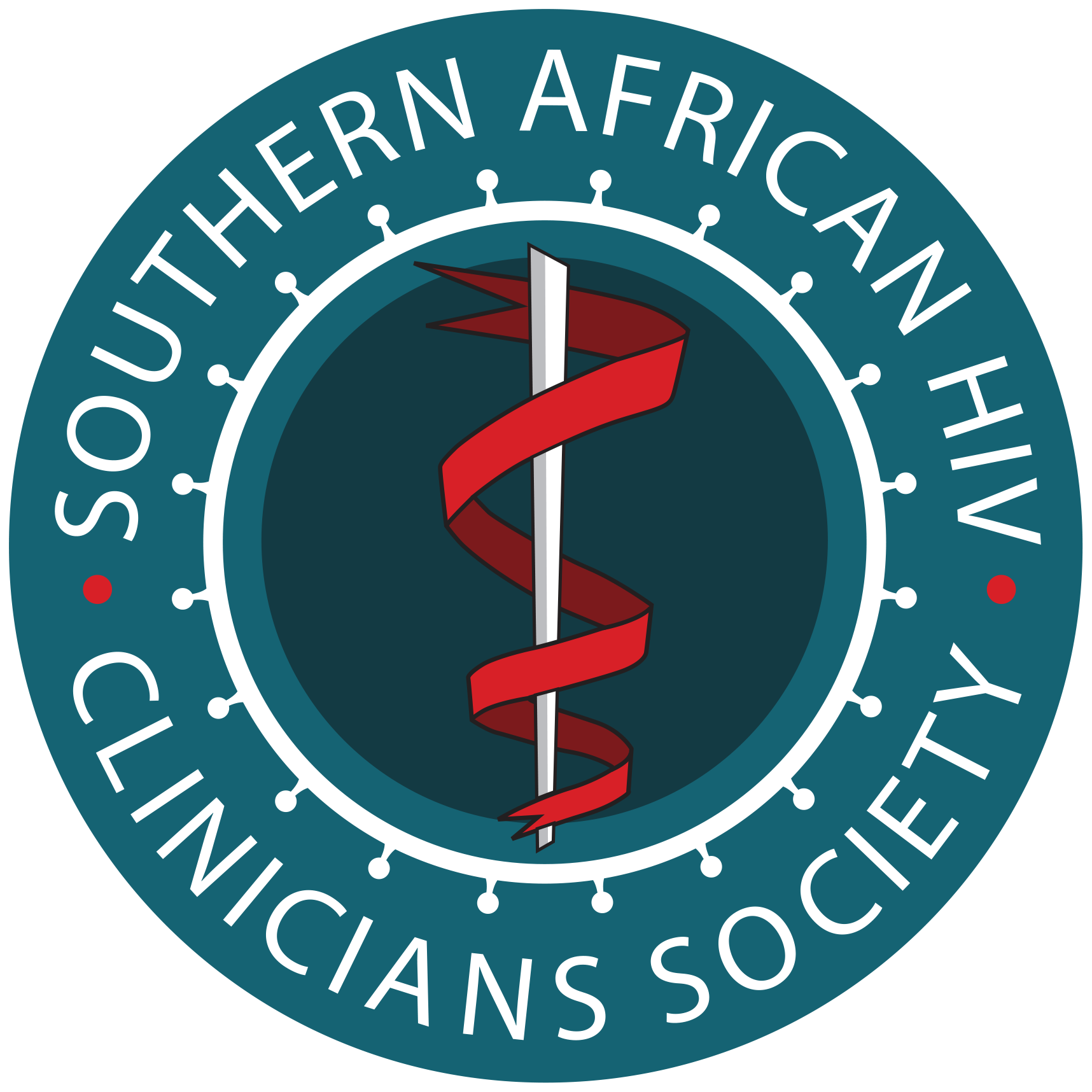ART Guidelines
References

 Key points
Key points - Whenever patients start or switch antiretroviral (ARV) drugs or start new concomitant medications, it is important to evaluate for potential drug interactions.
- Many drugs and drug classes have clinically significant drug-drug interactions with ARVs.
- There are also important drug interactions between several ARVs.
- It is important to consult a regularly-updated database to assess whether drugs can be co-administered and whether a dose adjustment is required.
- Herbal medications may also have interactions with ART drugs (e.g. St John’s Wort, garlic), but data on herbdrug interactions are very limited.
- Certain over-the-counter products (such as multivitamin products) contain polyvalent cations that may interact with DTG.
There are two main mechanisms of drug-drug interactions:
Pharmacodynamic interactions occur when one drug influences the action of another drug without altering its concentrations. Such interactions may be beneficial, if drug effects are additive or synergistic; or harmful, if drug effects are antagonistic. Additive toxicity is also a pharmacodynamic interaction (e.g. AZT and linezolid both cause myelosuppression and should not be co-administered).
Pharmacokinetic interactions occur when a perpetrator drug alters the concentrations of a victim drug by affecting its absorption, distribution, metabolism or excretion. Inhibition is a direct chemical effect when a drug binds to the active site of drug-metabolising enzyme or drug transporter – typically only one or a few enzymes or transporters are inhibited. Inhibition is maximal when the inhibiting drug reaches steady state and wanes rapidly when the inhibiting drug is stopped. Strong inhibitors (e.g. ritonavir, clarithromycin, itraconazole) can cause marked increases in concentrations of victim drugs, resulting in toxicity. Induction results in transcriptional activation of many genes involved in drug metabolism and transport, which takes about 2 weeks to be maximal and wanes over a similar time. Strong inducers (e.g. RIF, carbamazepine, phenytoin) can cause marked decreases in concentrations of victim drugs, resulting in reduced efficacy. Pharmacokinetic interactions are occasionally beneficial (e.g. RTV markedly increases the concentrations of other PIs to increase their antiviral efficacy). Data on herb-drug interactions are very limited – both St John’s Wort and garlic are known inducers. Clinically significant pharmacokinetic interactions require dose adjustment of the victim drug or, if the interaction is severe, avoiding co-administration with the perpetrator drug.
- NRTIs are generally neither victims nor perpetrators of clinically significant pharmacokinetic interactions. An exception is TAF, which may be the victim of inducers (see module 2).
- PIs: RTV is a potent inhibitor of the key cytochrome P450 enzyme 3A4 (CYP3A4) and the drug efflux transporter P-glycoprotein. It also induces several other drug-metabolising enzymes and drug transporters. Therefore, RTV-boosted PIs are frequent perpetrators of pharmacokinetic interactions but can also be victims of such interactions when co-administered with strong inducers – co-administration with strong inhibitors does not add significantly to the inhibition by RTV. ATV/r requires an acid pH in the stomach for absorption and it should, therefore, be taken 2 hours before or 1 hour after antacids, and administration with PPIs should be avoided.
- NNRTIs differ by individual drug. EFV is a moderate inducer. RPV can be the victim when co-administered with strong inducers. Although inhibitors increase exposure to RPV, it is seldom necessary to dose-adjust. ETR induces CYP3A4 and also inhibits two CYP enzymes; it can also be the victim when co-administered with strong inducers.
- InSTIs: Polyvalent cations (calcium, magnesium, iron, aluminium, zinc) bind to InSTIs, reducing their absorption. InSTIs should be taken 2 hours before or 6 hours after polyvalent cations. However, calcium and iron can be coadministered with InSTIs if taken with a meal, but not in a fasted state. InSTIs are victim drugs when co-administered with strong inducers. InSTIs are not perpetrator drugs; however, DTG inhibits an efflux transporter important in the elimination of metformin. As such, the metformin dose should not exceed 500 mg 12-hourly in a patient taking DTG.
There are many important pharmacokinetic drug interactions between ARVs and other drugs, as well as between different ARVs. Some of these drug-drug interactions are discussed in other modules of these guidelines (e.g. interactions with RIF in module 18).
The full list of all potential drug interactions is extensive and beyond the scope of these guidelines, and knowledge of drug interactions is constantly evolving. Clinicians are, therefore, advised to seek reliable information on drug-drug interactions when using non-standard ART regimens and when drugs are co-administered, using one or more of the resources listed in Box 3.
BOX 3: Contacts and resources for seeking reliable information on drug-drug interactions.
- Package inserts of ARVs and concomitant drugs.
- UCT MIC HIV & TB Hotline: 0800 212 506 or 021 406 6782 or SA HIV & TB HCW Hotline App: SA HIV & TB HCW Hotline App | Medicines Information Centre (uct.ac.za)
- University of Liverpool HIV Drug Interactions Checker: https://www.hiv-druginteractions.org/checker
- Aid for AIDS clinical guidelines contain tables giving advice on drug-drug interactions: http://www.aidforaids.co.za/dp_clin.php
- University of Cape Town (UCT) Medicines Information Centre (MIC) has a regularly updated table of interactions between ARVs and drugs used in the public sector (essential medicines list): http://www.mic.uct.ac.za/

- Not checking for interactions between concomitant drugs and current or newly initiated ARVs. Concomitant drugs may need dose adjustment or discontinuation when ART is switched, e.g. switching from a moderate inducer (EFV) to a strong inhibitor (PI/r), or from either of these to DTG.
- Not considering marked increases in statin considerations when used concomitantly with PIs. There are major interactions between PIs and many statins resulting in marked increases in statin concentration. Low-dose atorvastatin (not exceeding 10 mg, which will give equivalent exposure to about 60 mg) can be used with PIs, but simvastatin cannot be used.
- Not counselling patients on DTG about drug-drug interactions that can occur with polyvalent cationcontaining over-the-counter medications (including antacids, laxatives, multivitamins and pregnancy supplements).
